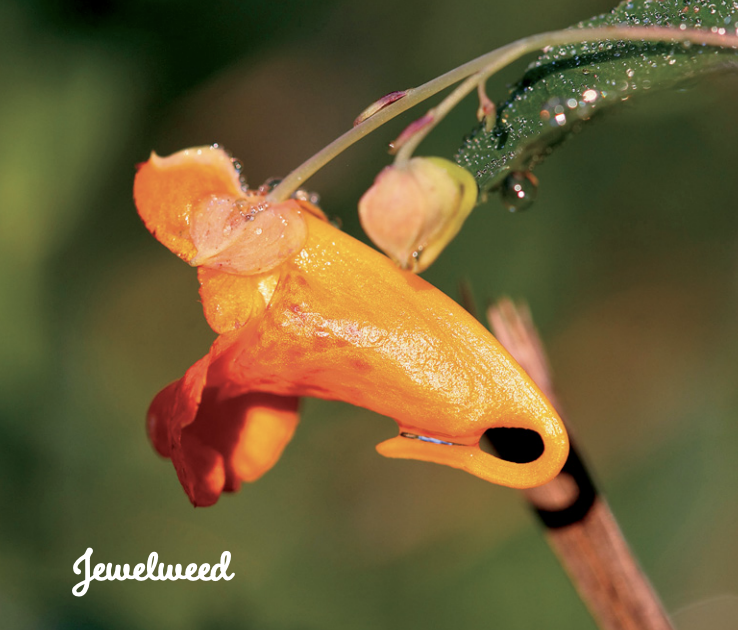Isn’t it curious that even though plants can’t walk, they still manage to show up in the strangest of places? But plants can’t just pick up and move, so how do seeds find their way to new homes? It turns out that plants have many ingenious ways to disperse their seeds.
Wind Dancers:
Some seeds – like dandelion, milkweed, or goatsbeard – ride the currents of the wind, floating like they have their own parachute! Once done flowering, a dandelion head becomes filled with fluffy, white seeds. If you were to take a magnifying glass and study a plume (or pappus), you’d discover the delicate filaments that form a canopy over the seed hanging beneath it. If you released the plume, it would, quite literally, dance on the wind! The seed is coated in tiny spikes which, like football cleats, help the seed grab the ground when it comes in for a landing.
TRY THIS!
In the late fall, find a milkweed pod just starting to split. Leave in a dry place until the pod has completely opened up. Plan a seed race! Set up a course with start and finish lines about 10 metres apart. Line up at the start and place one milkweed seed in front of each of contestant. See who can blow their milkweed seed past the finish line first.
Seed Bombs:
Some seeds literally explode! A great example of this phenomenon is jewelweed. An annual that relies on spreading its seeds for survival, jewelweed seeds are housed in small pods that grow and stretch in the fall, creating pressure until they finally explode, casting seeds up to two metres away. Other plants that pop their seeds are yellow wood sorrel, violets (their seeds are ejected in the same way your fingers can launch a wet watermelon seed by squeezing), and exploding cucumber. All it takes is a gentle touch of your finger or an animal moving among the plants to help spread those seeds far and wide!
Try this!
In early to mid-September, find a wet area that has plenty of jewelweed growing. Look closely and locate the plump seed pods hanging down. They are quite small, perhaps ¼ to ½ inch in length. Touch the bottom of the pod, stand back, and watch the seeds cast about in all directions!
Cling-Ons:
Seeds, such as burdock, have a series of tiny hooks that are made for sticking to things – especially fur. The fur-bearer then carries it away to a new home! In the 1940’s, George de Mestral, a Swiss engineer, came up with the idea of Velcro after spending a lot of time removing some very sticky burdock seeds from the coat of his dog! Other examples of sticky seeds include: tick trefoil, bidens, and wild carrot.
Try this!
Go on a sock walk! Place an old large sock over one shoe and walk through the long grass of a field. Examine your socks: how many hitchhikers stuck on for a ride? Use a magnifying glass to study how the seed was able to stick to the sock.
For more wanderful seed experiments, head over to ecoparent.ca/wanderful-seeds
This educational article was written by our Executive Director, Jacob Rodenburg.

